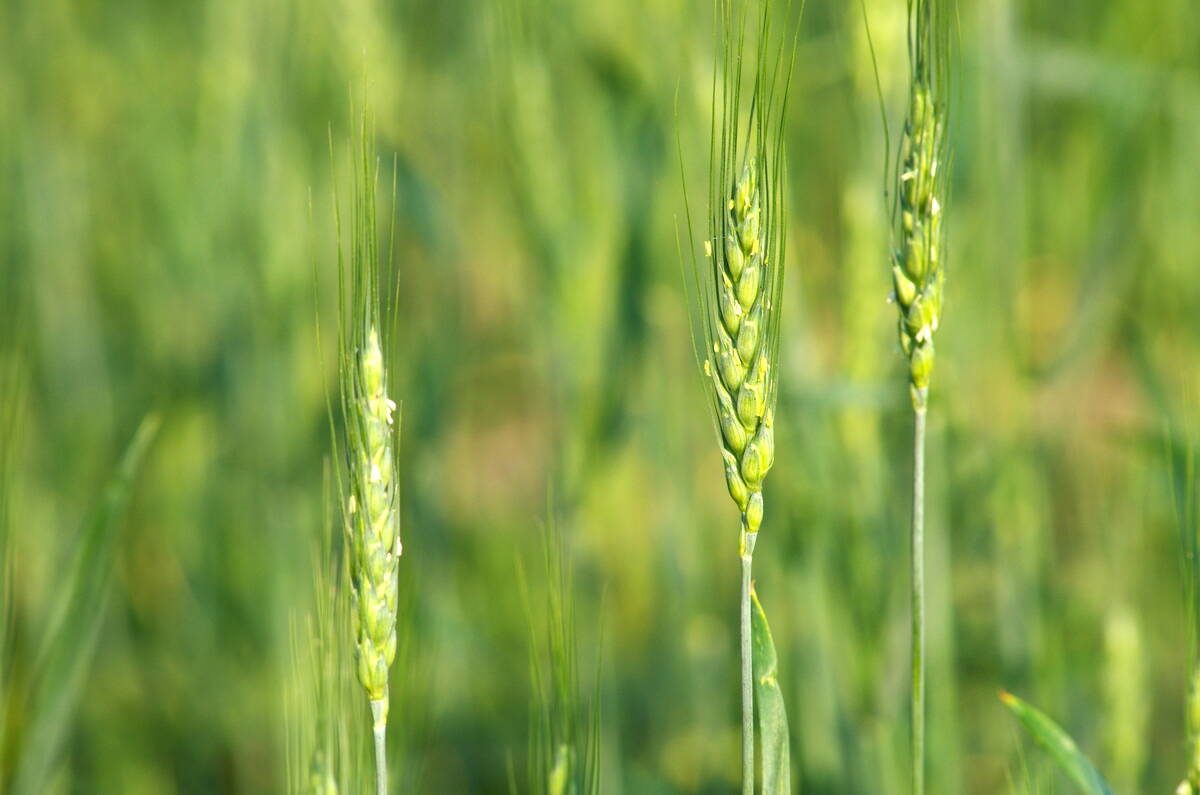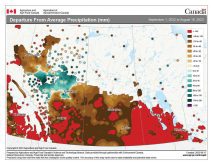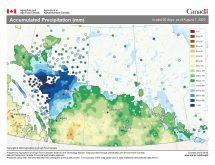Heavy rains that struck parts of southwestern Manitoba June 28 to July 2 have resulted in just “a handful of crop insurance claims” as of July 9.
“Nothing earth shattering,” David Koroscil, manager of claim services with the Manitoba Agricultural Services Corporation (MASC), said in an interview. “That might change in time.”
Areas north of Brandon and near Neepawa received around 200 mm of rain flooding fields and washing out roads.
Many farmers are still assessing the damage, Koroscil said.
“Part of it is stuff that still has water on it and they can’t do anything anyway so they’re not talking to us yet,” he explained.
Read Also

Code cracked on nitrogen-fixing wheat?
U.S. crop breeders have created a wheat variety capable of fixing its own nitrogen rather than relying on fertilizer.
Key to crop damage is how quickly water leaves the field, Koroscil said. Some crops such as soybeans handle excessive water better than others such as peas.
Bigger crops can use up more moisture too.
Manitoba Agriculture and Resource Development’s website says yields can be damaged after just two days of crops being under water.
“(W)ithin 48 hours of being oxygen deprived, chances of survival are limited,” the site says.
Until, or unless, farmers want MASC to write off a flooded field the full impact of the flooding might not be known until fall.
“We might not even hear from them until they have harvested everything that is harvestable and then they are short on production,” Koroscil said.
If total production falls short of the insurance coverage due to an insurable cause or causes, the farmer is eligible for a crop insurance payment.
“Ironically enough, last year’s perils for some crops were excess moisture and drought,” Koroscil said referring to dry weather during the growing season cutting yields, followed by yield and quality reductions due to excessive rains in September and heavy snow Thanksgiving weekend.
Most Manitoba farmers insure total production of specific crops on their farms. They can’t insure individual fields. That means if total production on a given crop matches or exceeds the farmer’s coverage for that crop no payment is issued, even if a field was completely destroyed by flood waters.
















